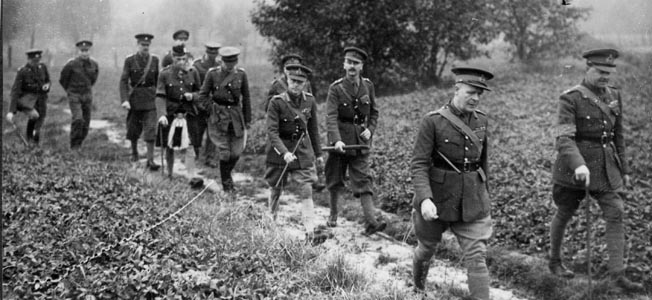
Adolf Hitler
Operation Willi: The Nazi Plot to Kidnap the Duke of Windsor
By Eric NiderostIt was around noon, June 19, 1940, when a small caravan of cars set out from Antibes in southern France en route to the Spanish border. Read more

Adolf Hitler
It was around noon, June 19, 1940, when a small caravan of cars set out from Antibes in southern France en route to the Spanish border. Read more
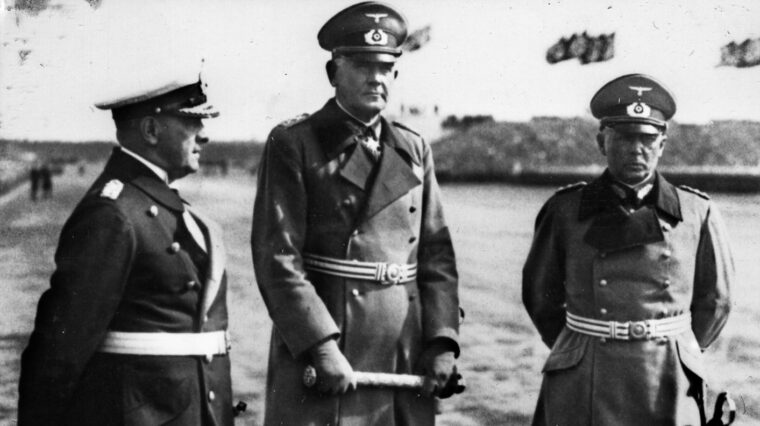
Adolf Hitler
On June 24, 1937, German Minister of War Field Marshal Werner von Blomberg issued a directive marked Top Secret with only four copies to be made, the first for himself and the other three for the heads of the armed forces of the Third Reich. Read more
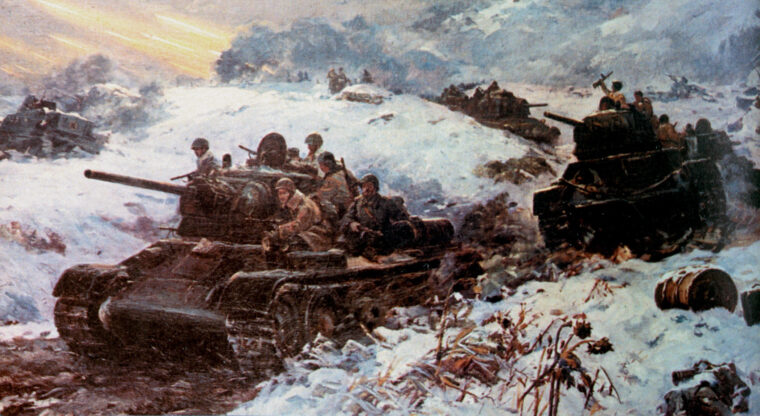
Adolf Hitler
In 1942, careworn Nazi Führer Adolf Hitler lamented to his military intimates at his Wolf’s Lair headquarters near Rastenburg in East Prussia, “If I had known that there were so many of them, I would have had second thoughts about invading!” Read more
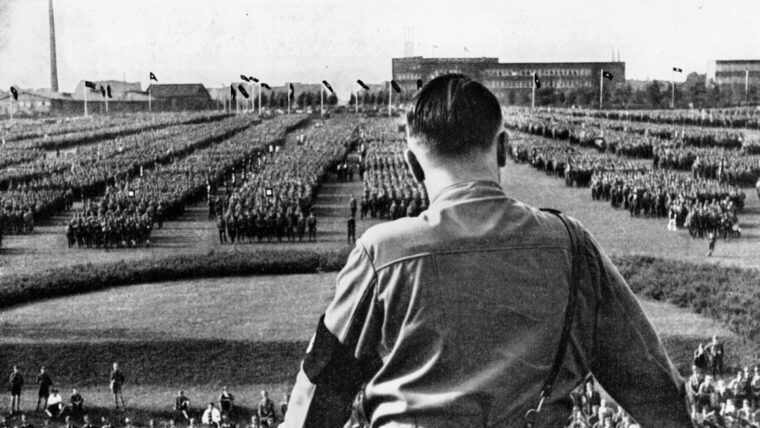
Adolf Hitler
When Nazi architect Albert Speer surrendered in 1945, he made a strange remark: “So now the end has come. Read more
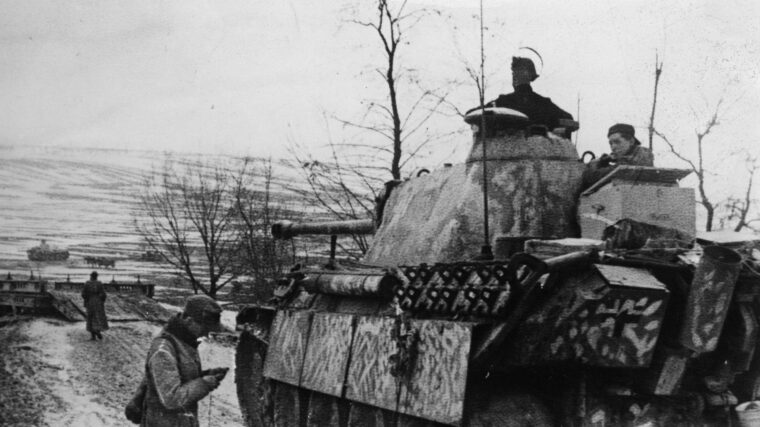
Adolf Hitler
In January 12, 1945, Adolf Hitler received the news he had been dreading—the Soviet Red Army had launched its winter offensive. Read more
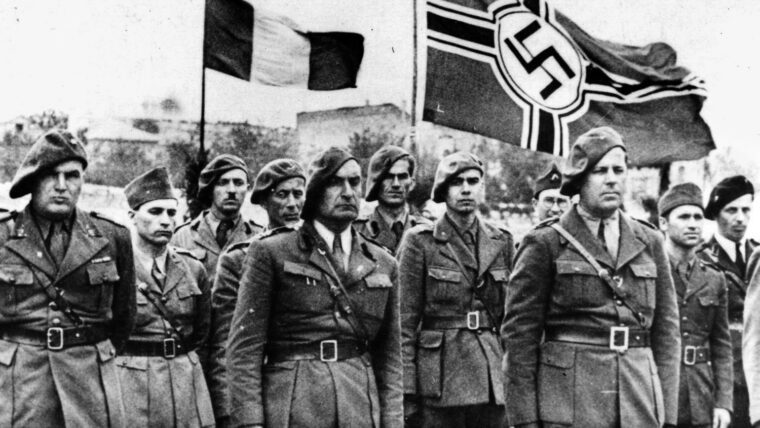
Adolf Hitler
World War II involved some of the most complex alliance systems in the history of warfare. Read more

Adolf Hitler
Like all Palestinians and most Arabs, Haj Amin al-Hussaini not only looked forward to an Axis Pact victory in World War II but also saw it as a means of defeating what he believed was a joint British-Jewish conspiracy to foist an Israelite homeland on the Middle East that would be to the detriment of his own people. Read more
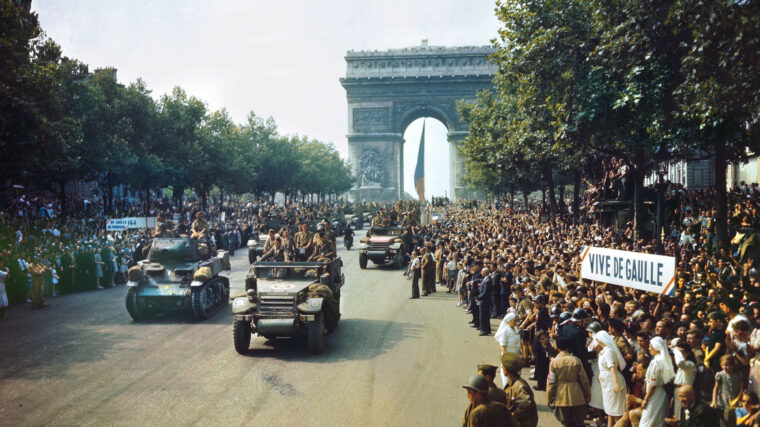
Adolf Hitler
After the humiliating fall of France in June 1940, two impassioned patriots—a general and an infantry captain—refused to accept defeat and determined, against all odds, to exact retribution from the German invaders. Read more
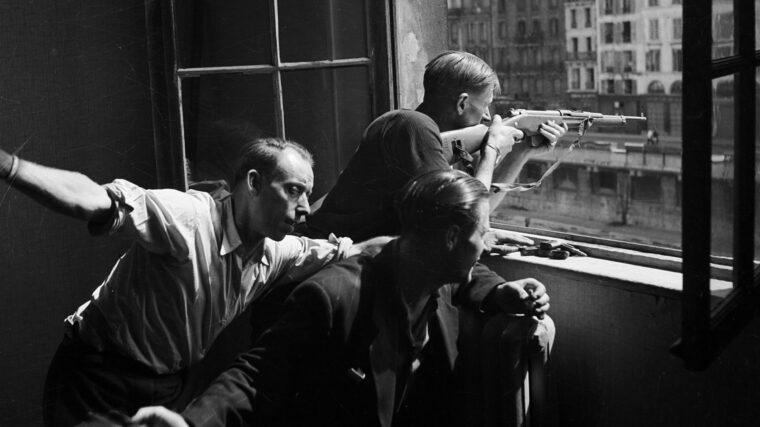
Adolf Hitler
By the late summer of 1944, the Third Reich was almost surrounded. Two years earlier Adolf Hitler had ground 10 European countries under his heel along with vast expanses of North Africa and Soviet Russia. Read more
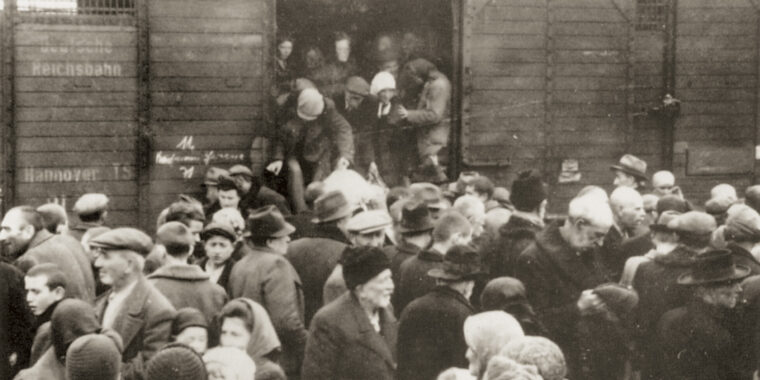
Adolf Hitler
It is, perhaps, not as well known as other prewar and wartime gatherings of the World War II era, but the quietly held meeting of top Nazi bureaucrats at a secluded villa on Lake Wannsee in the Berlin suburbs on January 20, 1942, was just as much a landmark event as others with higher profiles. Read more
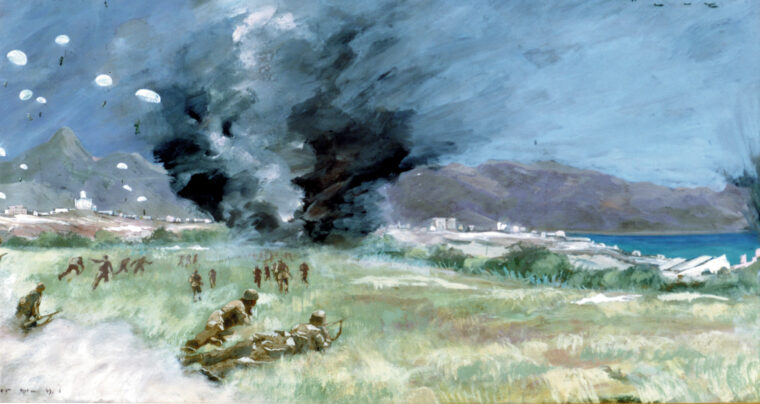
Adolf Hitler
In May 1941, General Kurt Student’s elite paratrooper forces descended like an anvil on the British garrison defending Crete. Read more
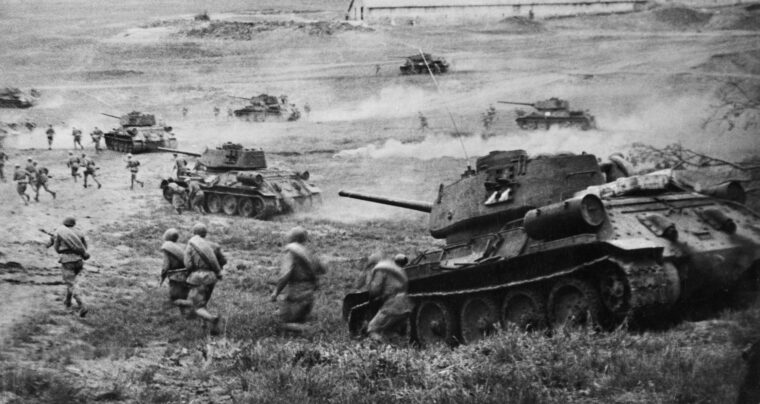
Adolf Hitler
The city of Ternopil, located on the eastern bank of the Seret River, was founded in 1540 as a Polish military stronghold. Read more
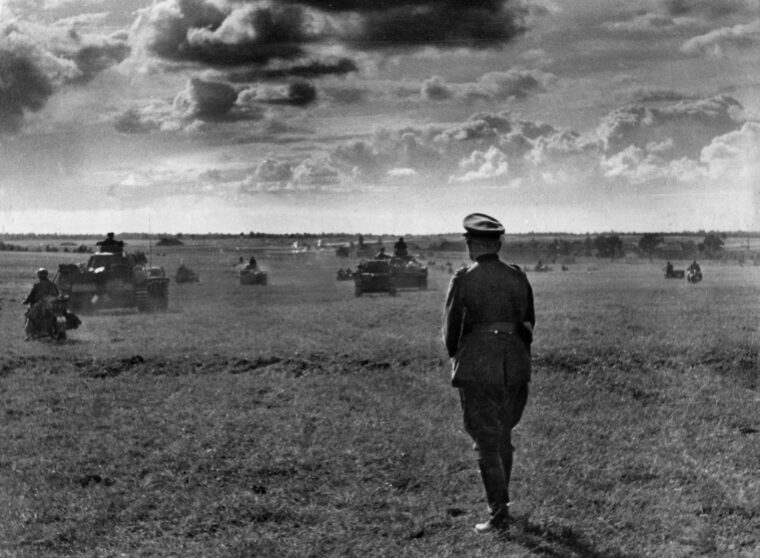
Adolf Hitler
Hitler was enraged as he stalked his way around the room during the waning months of World War II. Read more
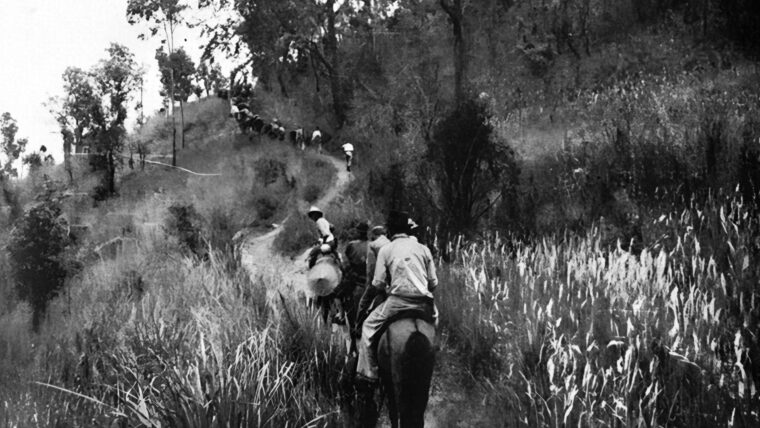
Adolf Hitler
Thailand was perhaps the least known, though surely more scenic and exotic, covert battleground of World War II. Read more
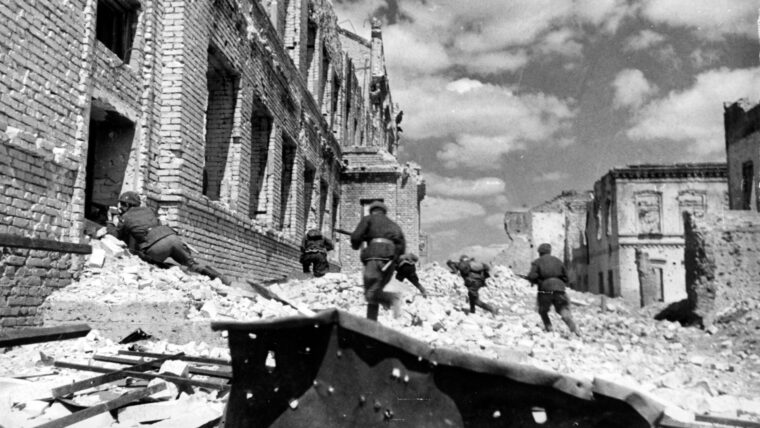
Adolf Hitler
After Adolf Hitler’s audacious invasion of Russia finally ground to a halt in December 1941 on the forested outskirts of Moscow, the exhausted German Army stabilized its winter front in a line running roughly from Leningrad in the north to Rostov in the south. Read more
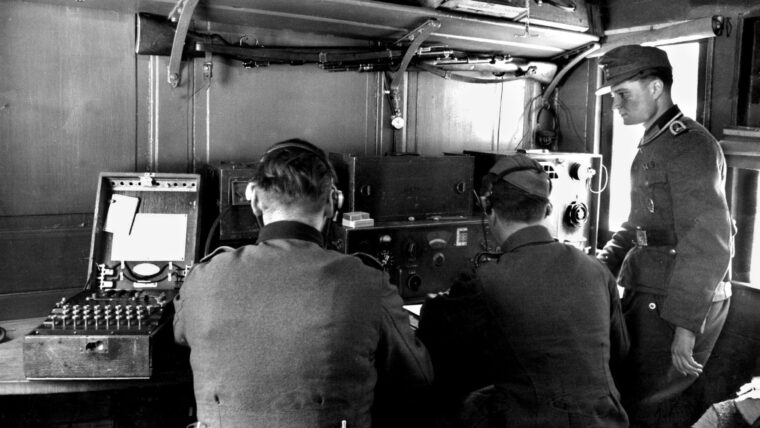
Adolf Hitler
Great Britain’s military intelligence leaders learned from their experience in World War I that the kinds of minds capable of breaking codes are a rare commodity and are often not likely to blossom in a military atmosphere. Read more
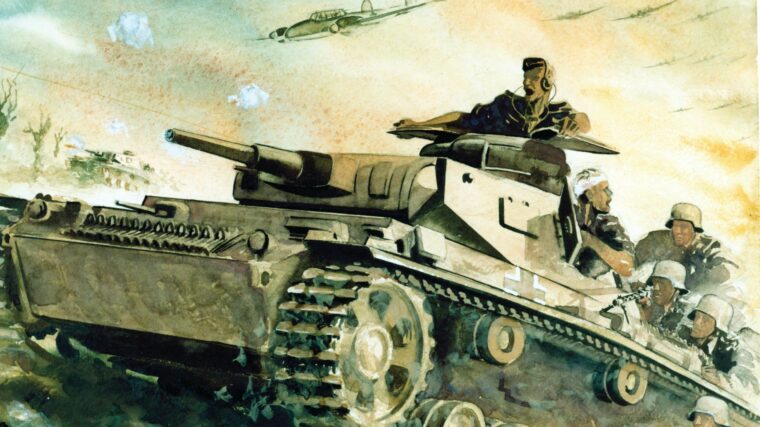
Adolf Hitler
Adolf Hitler was obsessed with Leningrad. When planning his invasion of the Soviet Union, the Führer demanded that the capture of the city, which he regarded as the cradle of Bolshevism, be one of the top priorities of the campaign, giving it precedence over the capture of Moscow. Read more

Adolf Hitler
Hedy Lamarr was the most beautiful actress of her generation, a celluloid diva who was the epitome of Hollywood glamour, sensuality, and sophistication. Read more
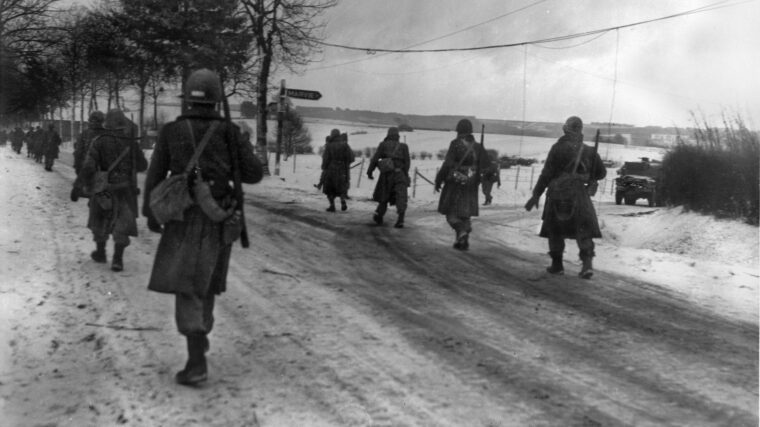
Adolf Hitler
For the cold and hungry GIs of Company B, 1/401st Glider Infantry Regiment, holding the western approach to Bastogne would push the men to the limits of their endurance. Read more
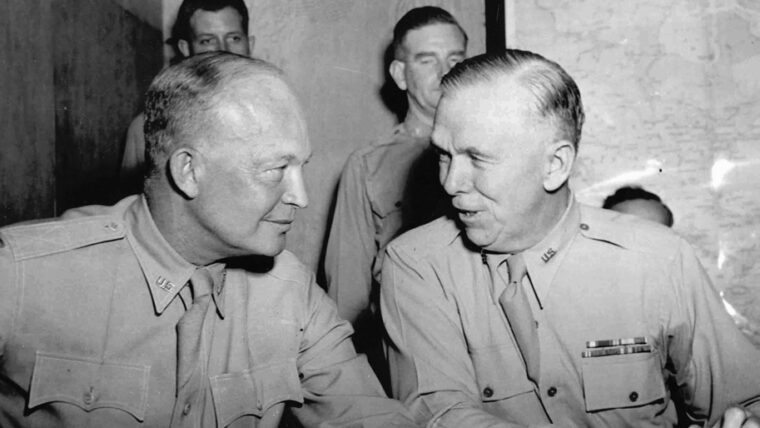
Adolf Hitler
President Franklin D. Roosevelt was disturbed in the autumn of 1938 by the Munich agreement, at which the rights of Czechoslovakia were signed away, and by reports of mounting air strength in Adolf Hitler’s Nazi Germany. Read more